At this moment, billions of people are staying at home to escape the virus. What will the world be like? How do we respond to uncertainty and change? Everyone has their own answer. Politicians are busy cleaning up the mess, intellectuals are busy predicting the future. Subtropical Asia’s special project, #thelockinartists#, will focus on our artist friends during this significant moment in history, presenting their observations, thoughts and suggestions, and perhaps offering inspiration. We believe only thought and action can build the reality of the moment – the history of the future.

Photo by Matthew Lynn, taken in HuRU-hARa at Abbotsford Convent for Asia TOPA 2020 in Melbourne, Australia
In episode one, we interviewed Karina Sokowati from Bandung, Indonesia. Although she is in her early 20s, Karina has been active in the Indonesian art scene for couple of years. She has participated in many art projects as a dancer. She is also the vocalist of the girl punk band Bananach
1.Please introduce yourself
Hello, I am Karina Sokowati. I’m 22 years old and I live in a city surrounded by mountains; Bandung, West Java, Indonesia. I’ve been an active practitioner in the creative field for 7 years now, consistently working in various channels that integrate in using the body as a medium to contain the context that I can find from my daily life.
2. What’s the positive and negative effects of this pandemic on your life?
I’m used to being present physically in my work field, creatively and commercially. Thus, this pandemic has forced me to face something that I usually might consider uncomfortable and also strange. Personally speaking, it’s been difficult having to face the obligation to support my self and my family economically while having to face such boundaries that have caused by this pandemic in Indonesia. I have to lose space to move, and the options have narrowed down to way simpler things than before. I lost opportunities for freelance jobs because every company here is decreasing human resources – we are all facing some kind of a collective downhill.

A virtal meeting with my collective Fat Velvet via Zoom.

Hanging out at my family’s house lawn with our dogs after dyeing my Father’s hair.
Yet in chaos we can still find beauty, as I am very much grateful that I have the chance to be more involved at home with my parents, communicate with them more deeply, and most importantly, I am not as easily distracted as I usually was before the quarantine when it comes to concentrating on my own health, physically and mentally, because,… you know, when you can get out from those four walls you can make anything as an excuse to escape your own problems. But when you’re locked in for quite some time, the stress you conjured over yourself forces you to adapt with the things that you thought as your flaws more and more, to the point that you find movement as a big motivation instead of using movement as a form of escapism. Within this isolation and the implications of this pandemic, I’ve finally learned how it is to enjoy each bit of reality in front of my eyes rather than falling into the desired ideas of uncertain possibilities.

3. How has your artistic community adapted to the pandemic?

Photo by Matthew Lynn, taken in HuRU-hARa at Abbotsford Convent for Asia TOPA 2020 in Melbourne, Australia
The artistic community that I know of is now approaching their projects more contextually rather than usually putting the focus on something more substantial. For instance, in creating a work that can converge in the society virtually; the relatability or whether or not it is familiar enough so it can be consumed for a wider public—which is affecting in how we have to choose not only the idea but the platform and medium in which to spread them. I think it makes us have to put aside conceptual grand approaches – a common method in making art – so that we can build ‘the weapon’ from the simplest tools available at hand and make it amazing. In some ways, the pandemic is forcing everyone to attach their sense of belonging to some kind of “collective responsibility”.
4. Why is art more important than ever now?
Now that most of the tangible matters are restricted, the intangible matters have a more powerful grasp on everyone, at least, to function. Limitation often leads to hopelessness and the only way possible to change the mindset, to keep everything stable, is to flip the perspective the other way around. In art, we can find such things as it contains rich perspectives from many individuals – that’s where the worth is. Maybe now art is becoming more important because we all know how difficult it is to be consistently productive within these circumstances and how art is more appreciated because as an appreciator we value art as one of the vessels as a reflective artifact through its whole process by enjoying the form of its final execution.

Photo by Matthew Lynn, taken in HuRU-hARa at Abbotsford Convent for Asia TOPA 2020 in Melbourne, Australia
Enjoyed this article? Like Subtropical Asia on Facebook or follow us on Instagram.

